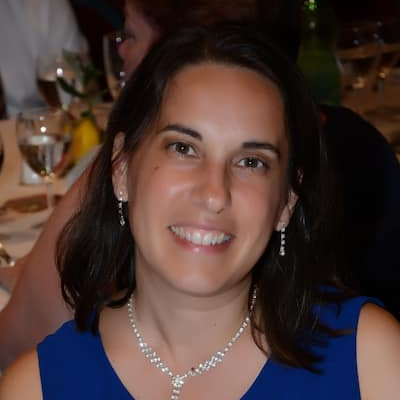Ultrasound for Material Characterization and Processing
A special issue of Materials (ISSN 1996-1944). This special issue belongs to the section "Manufacturing Processes and Systems".
Deadline for manuscript submissions: closed (30 April 2021) | Viewed by 35177
Special Issue Editor
Interests: material characterization; ultrasonic wave propagation; polymer rheology; curing kinetics of thermosetting matrices; polymer matrix composites; polymer composite processing and joining; heat transfer modelling; polymer based nanocomposites; hybrid welding of dissimilar materials; micro and nanoplastics; sustainability
Special Issues, Collections and Topics in MDPI journals
Special Issue Information
Dear Colleagues,
Ultrasonic waves are used for multiple purposes in many different fields at present, from the nondestructive inspection of materials to sonochemical synthesis of materials and welding. Usually, ultrasonic applications are divided in low intensity–high frequency ultrasound and high intensity–low frequency ultrasound. Low intensity ultrasound transmits energy through the medium in order to obtain information about the medium or to convey information through the medium. Today, it is an essential tool to assess metals, plastics, aerospace composites, wood, concrete, and cement. High intensity ultrasound deliberately affects the propagation medium through the high local temperatures and pressures generated primarily by acoustic cavitation.
This Special Issue aims to present recent advances in ultrasound covering fundamental science as well as applications of ultrasound in the field of engineering material characterization and material processing with the analysis of heat and mass transfer related to the propagation of ultrasonic weaves in a material.
Original articles and review papers will deal with the following themes, without being limited to them:
- Low intensity ultrasound: Nondestructive inspection, ultrasonic dynamic analysis, ultrasonic rheology, ultrasonic spectroscopy of materials, process monitoring, applications in civil, aerospace, and geological materials and structures; characterization of biological media;
- High intensity ultrasound: Industrial processes such as welding, cleaning, emulsification, atomization, etc.; chemical reactions and reactor induced by ultrasonic waves; synthesis of organic and inorganic materials; microstructural effects; heat generation; accelerated materials characterization by ultrasonic fatigue testing; food processing, environmental protection.
Contribution on thermodynamics and transport phenomena in ultrasound-based applications are also welcome.
I kindly invite you to submit a manuscript for this Special Issue. Full papers, communications, and reviews are all welcome.
Dr. Francesca Lionetto
Guest Editor
Manuscript Submission Information
Manuscripts should be submitted online at www.mdpi.com by registering and logging in to this website. Once you are registered, click here to go to the submission form. Manuscripts can be submitted until the deadline. All submissions that pass pre-check are peer-reviewed. Accepted papers will be published continuously in the journal (as soon as accepted) and will be listed together on the special issue website. Research articles, review articles as well as short communications are invited. For planned papers, a title and short abstract (about 100 words) can be sent to the Editorial Office for announcement on this website.
Submitted manuscripts should not have been published previously, nor be under consideration for publication elsewhere (except conference proceedings papers). All manuscripts are thoroughly refereed through a single-blind peer-review process. A guide for authors and other relevant information for submission of manuscripts is available on the Instructions for Authors page. Materials is an international peer-reviewed open access semimonthly journal published by MDPI.
Please visit the Instructions for Authors page before submitting a manuscript. The Article Processing Charge (APC) for publication in this open access journal is 2600 CHF (Swiss Francs). Submitted papers should be well formatted and use good English. Authors may use MDPI's English editing service prior to publication or during author revisions.
Keywords
- ultrasonic wave propagation
- material characterization
- ultrasonic welding
- ultrasonic sonochemistry
- numerical modeling
- heat and mass transport phenomena
- food processing
- environmental protection
Related Special Issue
- Ultrasound for Material Characterization and Processing II in Materials (10 articles)







